
Review on Phosban Filter Media Reactor by Two Little Fishies by Elizabeth Nelson

Useful device as a vortex sand filter
Use as a vortex sand filter with 200 ml or less of oolitic sand (hand-sifted meridian from marine chemistry). It's a useful biological filter that doubles as an inferior calcium reactor. Ideal for empty aquariums without a biofilter as it can be easily moved between aquariums (once the sand becomes biologically active). Also suitable for planted aquariums, as no CO2 is extracted from the water. Rubber knees are good for the exhaust side but too weak for the intake side. A 1/2" x 2 rigid elbow connected to properly cut 1/2" vinyl tubing makes the suction port more durable for mounting the pump. See what pump you're using. In my case, a 140 GPH magnetically driven main pond pump was ideal for stirring up sand. First I tried a 190 GPH pump which expanded the sand to fill 2/3 of the filter. It looked cool, but the sand was just meant to kick up and move up and down and side to side. Also, a more powerful pump pushes some sand out of the outlet into your aquarium. The unit comes with an inlet control valve, however some pumps will vibrate and become a bit noisy at low throttle. I prefer a pump that is the right size for the job and runs without restriction. Quartz sand is graded and usually heavier than oolite sand, but does not add calcium to the water. Because of this, the oolitic sand will decrease within 6 months and more must be added to bring it back to its previous level. Remaining sand should never be replaced and will not clog. The internal pre-filter sponges will clog and push sand onto the top of the filter, slowing flow if the feed pump suction is not properly pre-filtered. This sponge pre-filter should be 4 inches long or longer. If you can't make your own, you can attach an ATI sponge pre-filter to your pump and squeeze it weekly, or at most once every two weeks. Clean the inner sponges and extend the time they need to take out and squeeze. After cleaning the inner sponges, put the sand back in the filter and you're good to go. Never wash the sand. Just pour it into the filter bowl while rinsing the sponges. Follow this procedure and the filter will work without any problems. Oh yes, use silicone grease on the cap o-ring to ensure a good seal and make cap removal easier.
- Very good value for money
- Unbelievable price
New products
Comments (0)
Top products in 🐠 Aquarium Pumps & Filters
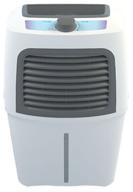
Humidifier / air purifier "Fanline Aqua VE400" with an ionizer, with a capacity of 410 gr/h

44 Review
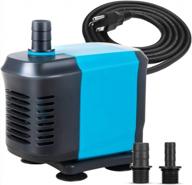
Powerful And Quiet Submersible Pump For Aquarium, Pond, And Hydroponics: KEDSUM 660GPH Pump With 6Ft High Lift And 3 Nozzles

29 Review
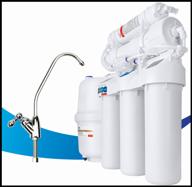
Sink filter Prio New Water Start Osmos OU380 white

79 Review
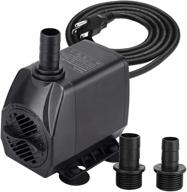
KEDSUM 330GPH Ultra Quiet Submersible Pump With High Lift And Grounded Power Cord - Ideal For Fish Tanks, Ponds, Aquariums, Statuary, Hydroponics - Includes 3 Nozzles And 1500L/H Water Flow

39 Review
Another interesting products
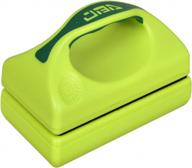
🧲 Efficient Magnetic Fish Tank Cleaner: KEDSUM Floating Clean Brush with Handle Design

34 Review
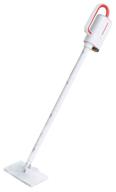
Steam cleaner Deerma Deerma DEM-ZQ610 EU, white/red

68 Review

Mini pump Xiaomi Mijia Electric Pump 1S, plastic, black

55 Review

Vacuum cleaner TEQQO Aquastick 3 in 1 Power, grey/turquoise

26 Review

